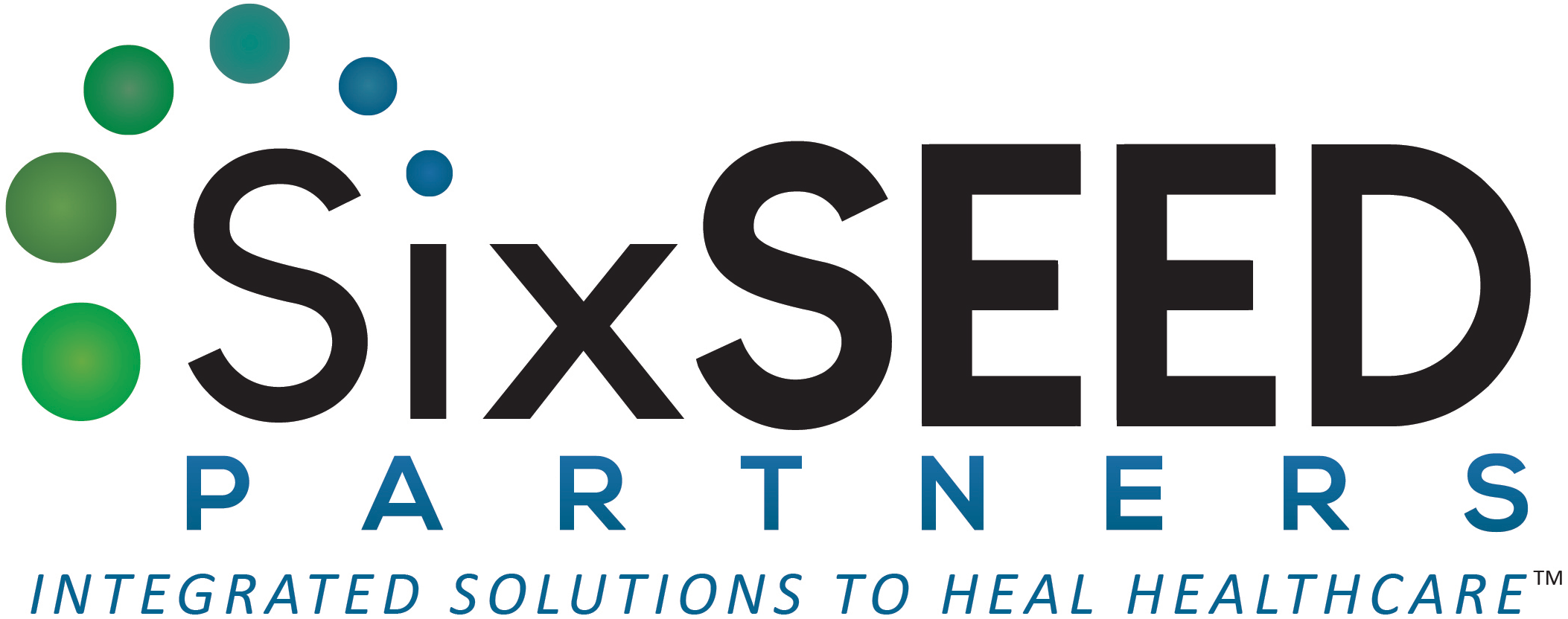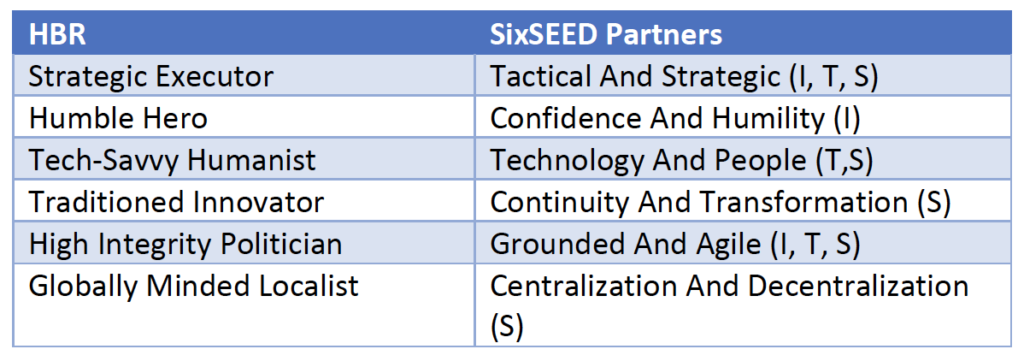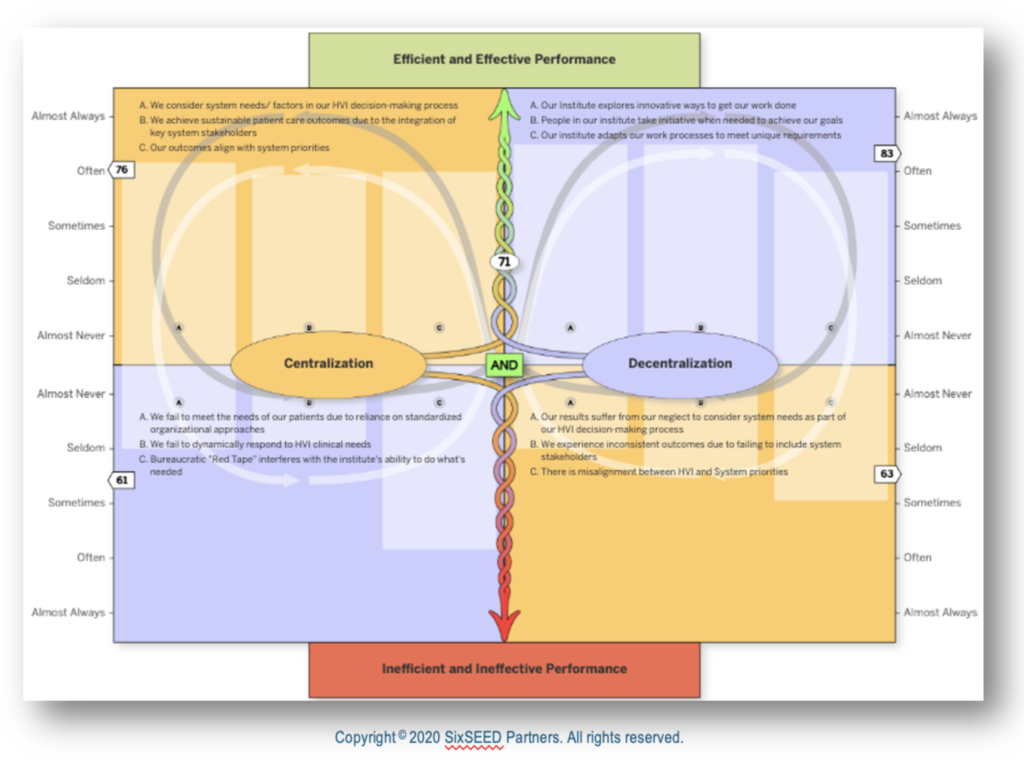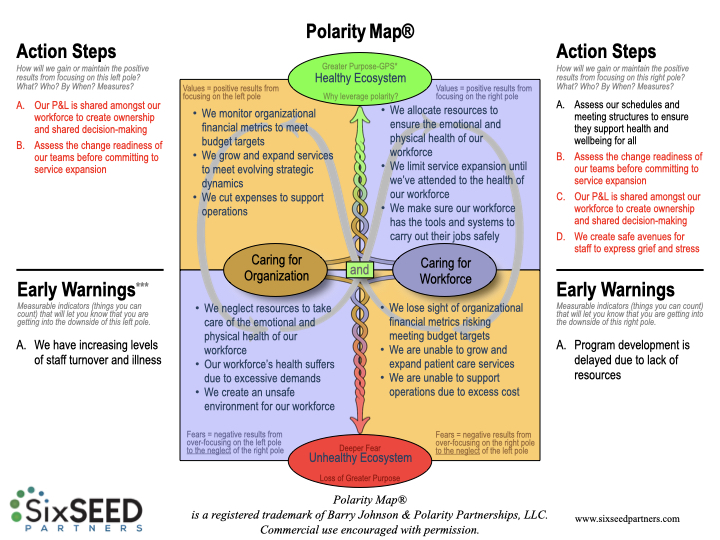A key tension to effectively manage leadership transitions
By Joy W. Goldman, Advisor and Founding Partner
Background
The New York Times recently published a news analysis piece entitled: “Silent no more, Harris seeks her own voice without breaking with Biden.” The author, Peter Baker, states:
“The challenge for her over the next 100 days will be to find her own voice without overtly breaking with Mr. Biden, a delicate political high-wire act without a reliable net… Yet even as she wants to demonstrate loyalty to Mr. Biden, she also hopes to show the public who she is.”
This blog is not about politics. It IS about assuming leadership in a way that navigates the complexity of honoring the leadership that came before you while advocating for change that exemplifies your unique voice. The challenge of both authentically respecting tradition and passionately advocating for new change.
Client Examples
At SixSEED Partners, we’ve seen this tension play out in several scenarios. Perhaps one of these will ring true for you.
- You’ve been promoted to a single entity Chief Nursing/Medical/Executive officer position while the prior person, likely your boss, is promoted to a system-level role.
- You lead the merging of two hospital systems – one larger, “mothership” so to speak, and the other a smaller, often community-based entity.
- You are hired to replace a C-suite position and you have a professional relationship with the leader exiting the organization.
All of these transitions require you to demonstrate your unique vision and the value you are bring to the role while also respecting the impact of the leader who came before you.

Common Tensions & Solutions:
In partnering with our clients in these scenarios, we walked them through a structured “Polarity Mapping” process to identify actions that address achieving both goals, or poles, or competing commitments the leaders were facing.
Respect AND Autonomy: For the one “goal” – respect / tradition – we asked what are the set of actions that acknowledge and build upon what the outgoing leadership helped accomplish that is working for the organization where it is now. For the other “goal” – autonomy / authentic voice – we asked what actions are needed to assertively make the case for change that is required to adapt to an emerging future. After seeing these sets of actions for both goals, the leaders could then decide which actions were needed to accomplish both together, over time.
Leader AND Team: Once a leader has done this individual work around respect and autonomy, we often expand the polarity mapping work from the leader to the team level. A useful simple Action matrix framework in this process is Start/Stop/Continue/Do Differently, which invites everyone to name what is working and valued in the current culture and what traditions, even if cherished, might now be getting in the way of moving forward with emerging needs. When we did this work with a merger situation, both entities were able to see some overused habits (sounds like “that’s how we’ve always done it”) that they could shift and do differently or stop. As one example, shifting from their default habit of including every leader in all the decision-making, which was causing unnecessary delays in a fast-moving reality, to exploring ways to decrease the layers of input in some of the decision-making.
Confidence AND Humility: The more senior the role, the more the leader is expected to be confident while driving change. This can be an inherent challenge for those who are promoted to a role that has a larger scope, but also fewer peers with whom they can do strategic thinking and ask vulnerable questions. Confidence requires acting with courage and alignment to one’s purpose and desired results, while humility requires us to ask for help. For many senior leaders, hiring a coach can provide that kind of safe space to share fears and learn new habits for managing this tension, and many more.
Would you like to learn more about how you can navigate these tensions? Contact us at SixSEED Partners.




